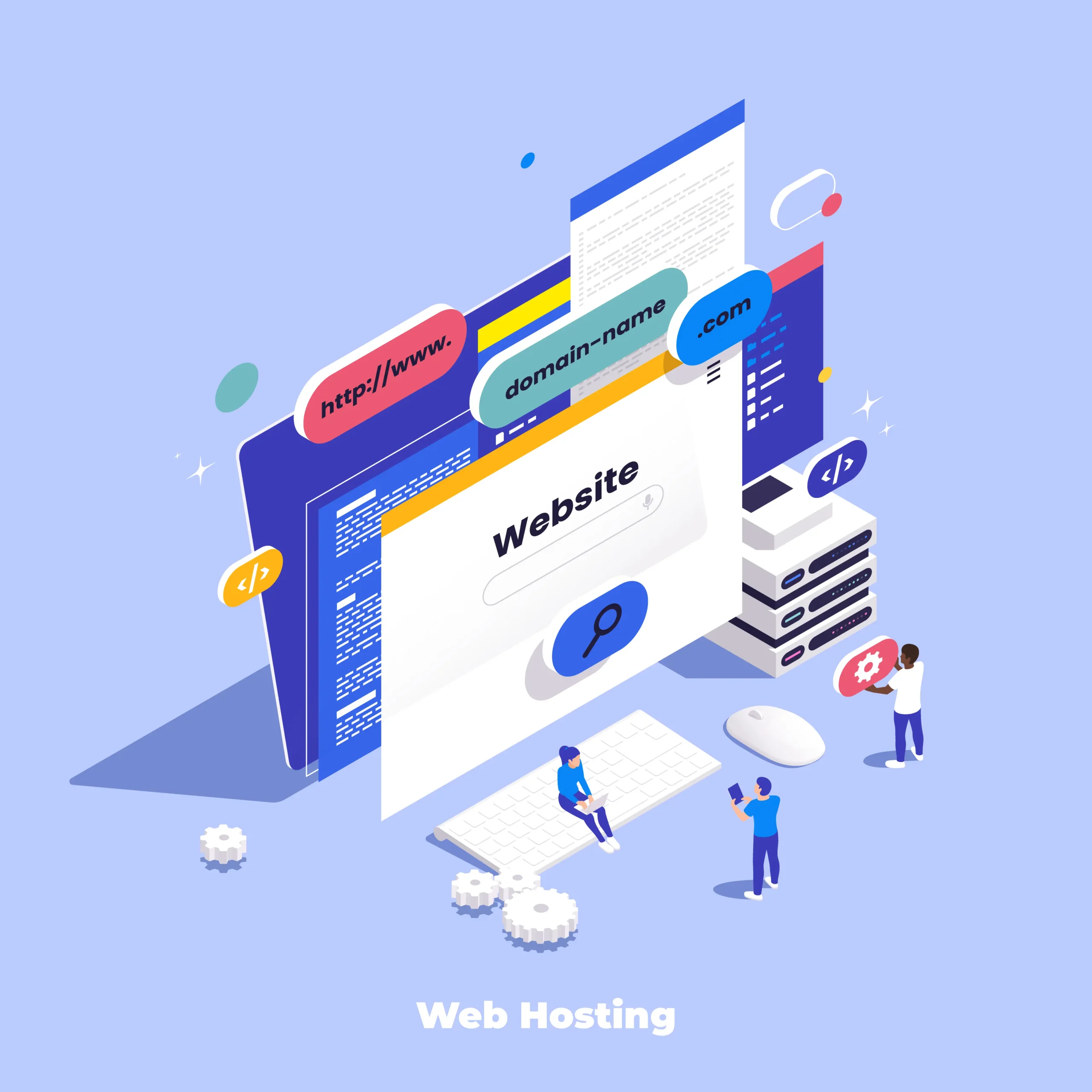If you’ve preferred using a local account on Windows that is, an account that lives only on your PC and isn’t tied to a Microsoft online identity you might need to reconsider that approach soon. Microsoft is now steadily removing the “workarounds” that users have used to skip the Microsoft account step in Windows setup.
In this post, we’ll break down what’s happening, what it means for users (especially in NZ), and how to adapt your setups going forward.
What’s Changing?
- In recent preview builds of Windows 11, Microsoft announced it’s removing known mechanisms that allowed users to create a local account during the initial setup (“Out of Box Experience” or OOBE).
- Historically, users could bypass the Microsoft account requirement via tricks or side-steps. With this update, Microsoft is actively closing those doors.
- The rationale given is that some of these loopholes inadvertently skip crucial setup steps meaning users might end up with systems that aren’t fully configured or secured.
- The change is still in preview, so it’s not yet in every production release but it’s likely to roll out broadly in future versions of Windows 11.
Why Microsoft Is Doing This (From Their Perspective)
- Ensuring Setup Completeness
Microsoft claims that bypasses to local accounts sometimes skip necessary screens. They want users to go through full setup so devices are properly configured. - Streamlining Account Integration
A Microsoft account offers access to services like OneDrive, Microsoft Store, syncing between devices. Microsoft likely sees account linkage as part of the ecosystem value. - Reducing Fragmentation
Multiple modes of setup increase complexity. By narrowing options, Microsoft can standardize how Windows devices are initialized, updated, and supported.
What It Means for Users in New Zealand / For Businesses
- No more easy local accounts — Unless you’re technically savvy or using enterprise tools, you may have fewer options going forward to skip Microsoft account setup.
- Windows Home users might be more restricted — Some enterprise or Pro editions still offer alternative setup paths (e.g. “join domain”) which may persist for businesses.
- Privacy concerns — Some users prefer local accounts because they don’t want their daily use tied to cloud accounts. This change could trigger more debate about user control and data privacy.
- Business and IT admins will need updated policies — If your organization has workflows or scripts relying on local accounts, you’ll need to revisit them.
What You Can Do to Adapt
- Plan for Microsoft Account Use
Assume future Windows installations will require a Microsoft account. Start migrating settings, files, or services that depend on local accounts. - Use Business / Education Setup Tools
For organizations, leverage tools like Azure Active Directory, Intune, or domain join methods which may preserve control while using Microsoft accounts. - Stay on Top of Windows Updates & Release Notes
Because this shift is rolling out gradually, keeping devices updated will let you see which version supports or removes the local account options. - Review Your Security & Privacy Settings
If you must use Microsoft accounts, audit your privacy settings. Turn off telemetry you don’t want, and manage which services get linked.
Closing Thoughts
The move signals Microsoft’s intent to make account linkage more central to the Windows experience whether that’s for services, support, or control. For users and businesses, this means less flexibility in setup choices and more pressure to adopt Microsoft’s ecosystem tools.
If you run a tech team or manage setups in NZ, now’s the time to revisit your deployment strategies, privacy policies, and migration plans.






